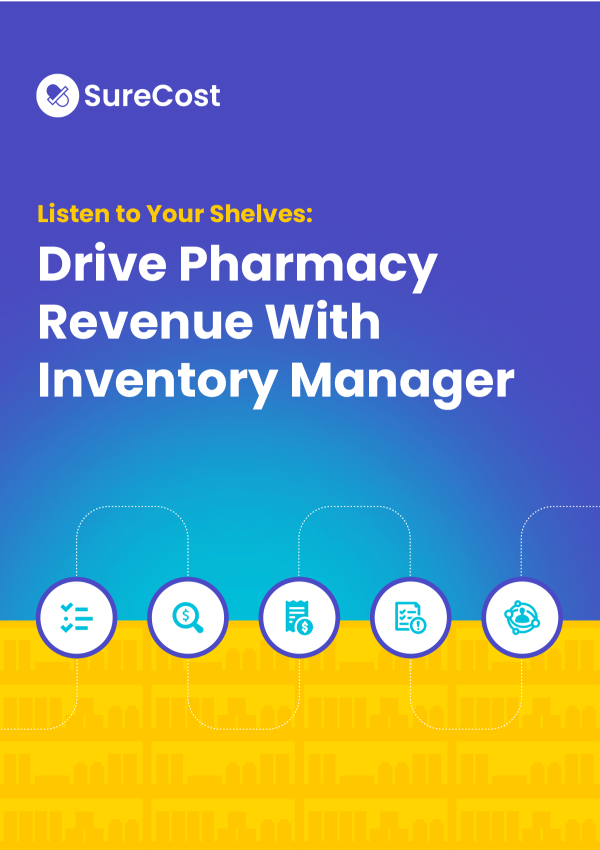

WHITE PAPER
Listen to Your Shelves:
Drive Pharmacy Revenue With Inventory Manager
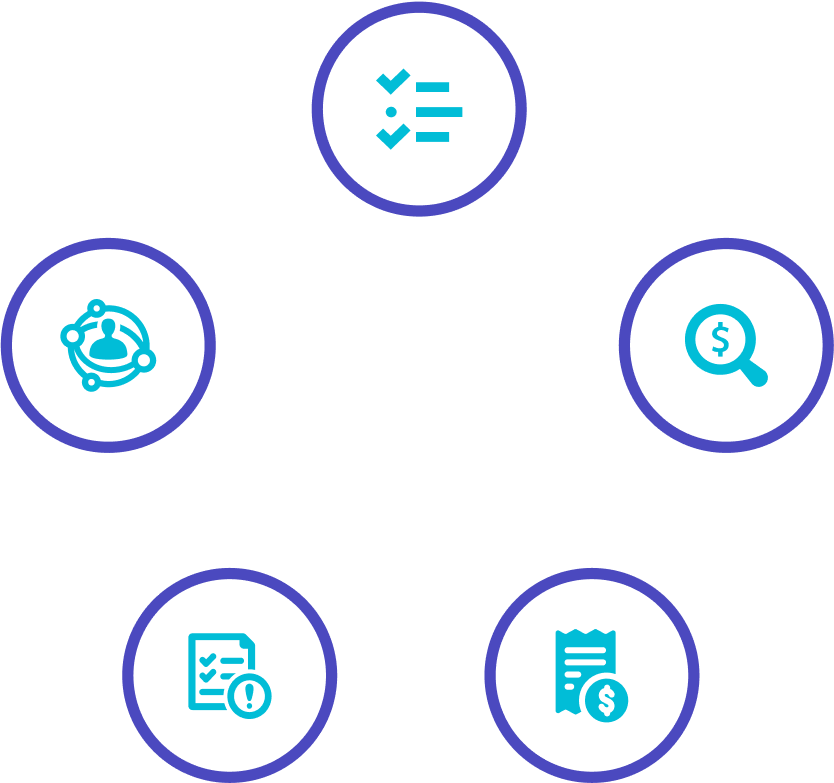


How Data-Driven Pharmacy Inventory Management Improves Patient Service, Business Efficiency and
Financial Health
For successful pharmacies, inventory management is much more than keeping stock. These pharmacies treat their inventory as a continuous process that shapes patient service and business strategy. It’s a resource they cultivate using dynamic solutions. Their integrated inventory provides insights into patient service, pharmacy operations and business strategy. An effective inventory management system enables them to deliver better care while driving savings and efficiency.
This white paper shows the link between key data points derived from pharmacy inventory managers and how they help patients, staff and a pharmacy’s bottom line. We’ll first examine what’s at stake when it comes to inventory management.
Intelligence Gaps and Their Impact on Patients, Staff and Business
Without effectively monitoring inventory, pharmacy professionals can easily lose sight of low stock, depleted items or expired products. When a patient can’t get their prescription, it impacts their medical treatment and damages their relationship with the pharmacy. They may choose another provider for their medications.
Ineffective pharmacy inventory management also affects staff who spend less time serving patients and more time scrambling to find other options—often while having to explain out-of-stocks to patients who rely on them. Filling last-minute reorders and communicating with disappointed patients adds even more work and stress to an already overworked staff. Pharmacies end up losing patients and team members. That means significant financial losses and even damage to their reputation in their community.
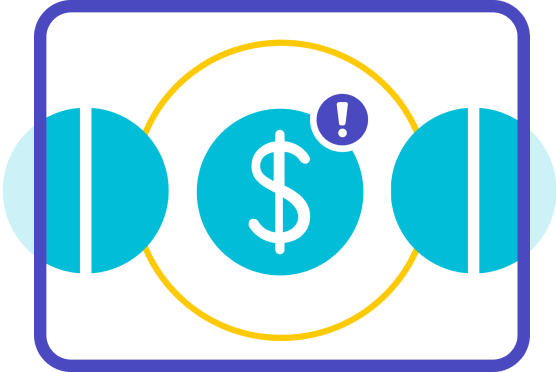
Five Critical Data Points for Intelligent Pharmacy Inventory
A recent SureCost webinar described how pharmacies can “listen” to their inventory. This means managing inventory so that it delivers data that guides key decisions on a daily basis, helps pharmacies make the right purchases at the right time and shapes overall business strategy.
These capabilities hinge on inventory’s ability to easily track and furnish accurate data in real time. To that end, here are five essential “answers” a successful pharmacy’s inventory management system should provide.
Effective inventory management drives savings and patient satisfaction.
In terms of efficiency, maintaining and accessing all this data—including purchasing, inventory, compliance and DSCSA—in a single solution is a huge timesaver. It also streamlines work for pharmacy staff, making their job easier and letting them return to serving patients.
01
True Inventory
Inventory is more than what is physically on-hand. It’s important to calculate knowing which products have been ordered, if any items need to be returned, whether any items are nearing their expiration date and other information that’s not literally in front of pharmacy staff’s eyes. Otherwise, pharmacies may order unnecessary products or fail to replenish on time, which often leads to costly, stressful last-minute reorders.
Even if “inventory” only consisted of what is on a pharmacy’s shelves, it can be difficult to be certain how much of every item is there at any time. Pharmacy staff are more overworked than ever. Updating stock counts with every dispense throughout the day is a job in itself. That’s on top of counseling patients, administering vaccines, making purchases and fulfilling other responsibilities.
Items can easily run out with multiple transactions taking place throughout the day; the morning’s ample supply could be an empty bin by lunch. With team members stretched thin, if pharmacies also rely on outdated processes or jerry-rigged systems, their counts could be subject to manual errors.
That’s why integrated inventory management and purchasing is important. Procurement creates inventory, and inventory should connect back to purchasing. When both elements of pharmacy operations communicate with each other, pharmacy inventory reflects any items “on the way.” Data-driven inventory includes product information scanned into the system during receiving (including DSCSA-mandated data that may be required for an audit). Pharmacies can also calculate the true value of their inventory based on the actual price they paid (not current catalog pricing or without adjusting for variables like rebates).
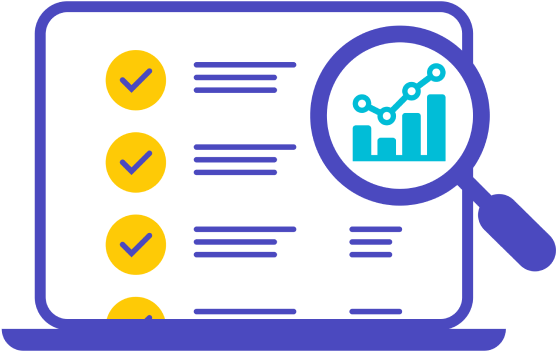
Conducting a physical inventory count is often a time-intensive, laborious process. It may require shutting down the pharmacy or working overtime after hours. It’s no wonder many pharmacies contract vendors just for inventory. Yet that’s an additional expense, and a third-party inventory manager won’t understand that pharmacy’s inventory and business needs with the experience of those who actually manage the pharmacy. Depending on the third party or solution, multiple counts may also be required for different product sources.
Pharmacies will always want to conduct physical counts, but an integrated inventory management system optimizes physical inventory. It allows pharmacies to manage, evaluate and summarize inventory on their own terms, in-house. The best inventory manager solutions allow a granular level of data, for example, counting by unit or package with “snapshots” at the corporate, regional or departmental levels or by location.
Accurate inventory management enhances pharmacy efficiency.
With accurate inventory levels at their fingertips, pharmacy staff can easily view variances, stale inventory and other variables.
02
Real-Time Usage Data
Because pharmacy inventory is not a static resource, pharmacies can’t rely solely on physical inventory. Yesterday’s count may not reflect today’s stock, so last month’s inventory is almost certainly inaccurate! When pharmacies rely on static inventory data and try to keep it manually updated, they risk failing to realize:

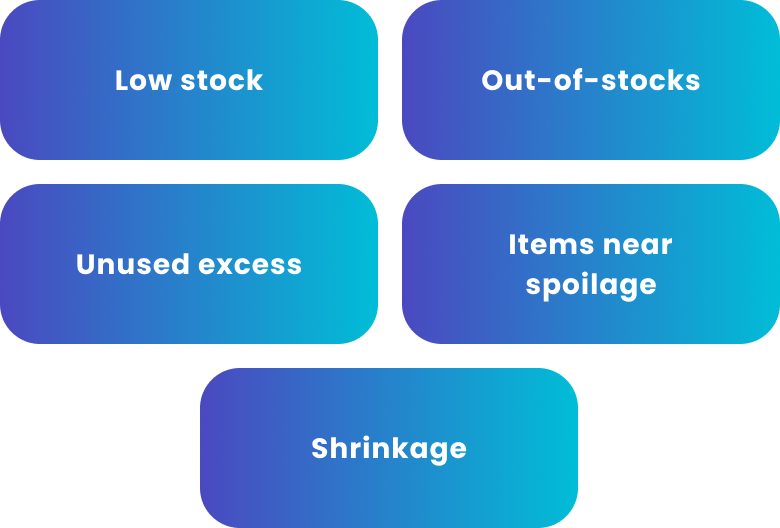
Instead of only seeing snapshots, pharmacies also need a perpetual inventory system: a dynamic, regularly updated count that shows accurate usage in real time.
A data-driven inventory management system should work with flexible reporting capabilities, a wide range of reports and dashboards (e.g., excess inventory, purchased not dispensed) and convenient tools. This will ensure pharmacies can make better decisions with improved data without losing time configuring queries or searching for information.
If physical inventory is your ATM balance, then perpetual inventory is your online bank account: a constantly updated picture of the current state of things along with all the information about how you got there.”
Lindsay Tanner, Customer Advocate at SureCostOnce pharmacies can track accurate, regularly updated usage with sophisticated data, they can make better purchasing and replenishment decisions in real time. If they notice trends and usage spikes at regular intervals, they may use automation to support their product strategy. For example, with their inventory and purchasing management in a single solution, a pharmacy may automatically set min/max values based on usage and days-supply requirements. They can then program the solution to automatically reorder a product based on different replenishment methods (i.e., days-of, on-demand, just-in-time). This frees them up from micromanaging predictable product patterns and gives them business intelligence to guide other decisions.
03
High-Impact Pharmacy Items
Any pharmacy professional knows that their inventory is not just a collection of identical, interchangeable items. There are staple items every pharmacy always needs in stock based on market demand and their individual patients’ needs. There are also high-impact items: inventory that makes a disproportionate impact (relative to other items) on a pharmacy’s margins, purchasing strategy or other areas of patient service or business.
Make better decisions with a data-driven inventory management system.
Integrating purchasing and inventory with other systems, like accounts payable or pharmacy management systems, provides pharmacies with a single source of truth and an easier process for staying vigilant and keeping themselves accountable.
High-impact items are typically defined based on two factors:
These two variables may correlate differently (e.g., generics with a low price that sell in high volumes based on SKU).
04
Inventory Shrinkage and Other Discrepancies
For many pharmacies, shrinkage (the loss of inventory due to theft, damage or administrative errors) isn’t a consideration. Even so, pharmacies are subject to numerous regulations as well as ethical responsibilities for these prescription drug products and their chain of custody.
With these requirements, and given the value of these products outside of authorized vendors, pharmacies need a way to evaluate potential inventory shrinkage—even if it ultimately leads to showing there is none. They may rely on blind spot checks, but the surest way to spot shrinkage and demonstrate due diligence is by reviewing utilization data.
Implementing technology-driven inventory tracking helps pharmacies detect shrinkage and minimize losses. Maintaining all relevant data in an integrated inventory management and purchasing solution with robust reporting capabilities is the most effective and easiest way to analyze usage, inventory levels, variances and stale inventory. It should also allow pharmacies both a corporate-wide view and analysis into each pharmacy location.
Inventory shrinkage also compromises pharmacy profits. Financial losses are another negative impact, but they’re also another red flag to look out for. Suppose a pharmacy is buying products without dispensing them. In that case, it will show on that pharmacy’s profit and loss (P&L) statement; while the purchasing process or reimbursement doesn’t change, gross profits will decline.

Minimize inventory shrinkage and loss with an integrated inventory solution.
Through a single system, pharmacies stay on top of their goods, optimizing how they manage purchasing and inventory simultaneously.
05
Product Life Cycle/Excess
Obviously, pharmacies must be mindful of a product’s expiration date. They can’t dispense expired products, meaning an expired product is also a financial loss. But excess inventory also means lost dollars. Stock that just sits on shelves is another cost expenditure that the pharmacy is not making back. It may sound odd, but every item on a pharmacy’s shelves has a history and a future. Pharmacies need an inventory manager solution that records the item’s “past” while empowering them to effectively decide where it belongs.
By identifying excess stock, stale drugs, slow-moving items, products about to expire and other categories early and regularly, pharmacies stop losing money on spoilage and excess. Instead, they may be able to return items to the manufacturer or transfer them to other locations. That’s because an integrated inventory management and purchasing solution tracks a product’s entire life cycle.


This level of transparency allows pharmacies to harness their existing inventory to its full potential. Inventory becomes a resource to manage and leverage (instead of remaining a static number or task that gets attention as time permits).
The right technology integrates inventory and purchasing data and streamlines these functions. For example, it may be as simple as running a report for excess or items that are “purchased-not-dispensed.” These management systems don’t eliminate the need for physical inventories but enhance them so you have this information available at any point.
Track inventory life cycle to maximize pharmacy profitability.
The best inventory manager system will accommodate all the data-driven points discussed in this white paper with the flexibility to meet their business and operation needs.
Smarter Pharmacy Inventory Means Enhanced Patient Service and Better Business Sense
Inventory management is a pharmacy’s method for understanding the life cycle and value of their products: the items their patients rely on for health and their business depends on to stay solvent. Inventory management affects whether patients can get the medications they need and the effectiveness of that pharmacy’s purchases.
By optimizing how they manage inventory, pharmacies:

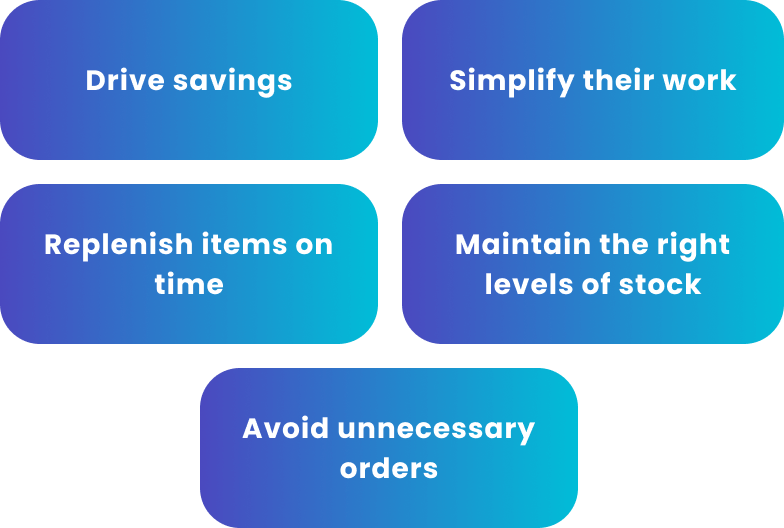
While data-driven inventory management can be a powerful resource, too many pharmacies are left using manual processes, outdated technology or “repurposed” solutions that aren’t designed to handle pharmacy inventory. These cumbersome approaches are tedious, time-consuming and inaccurate. Along with the right approach to inventory management, pharmacies should find the right solution to implement that approach.
When I was a pharmacy technician, it took one to four hours on a good day to complete cycle counts. Once we implemented SureCost’s perpetual inventory management, our counts were easily and accurately up-to-date. This cut down the time to 30 minutes for my cycle counts, and in 15 minutes, I would confirm my order is up to date and submit it.”
Gabriel Toribio, Central Purchasing Manager for PharMerica
Download the white paper
Complete this form to get the PDF version of our report.
